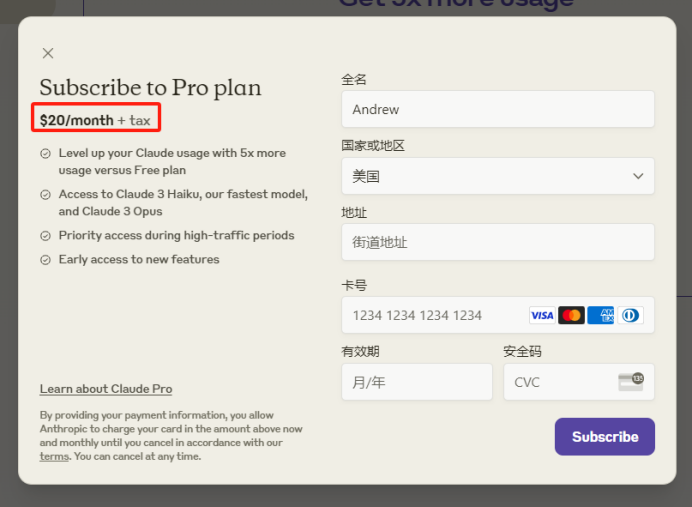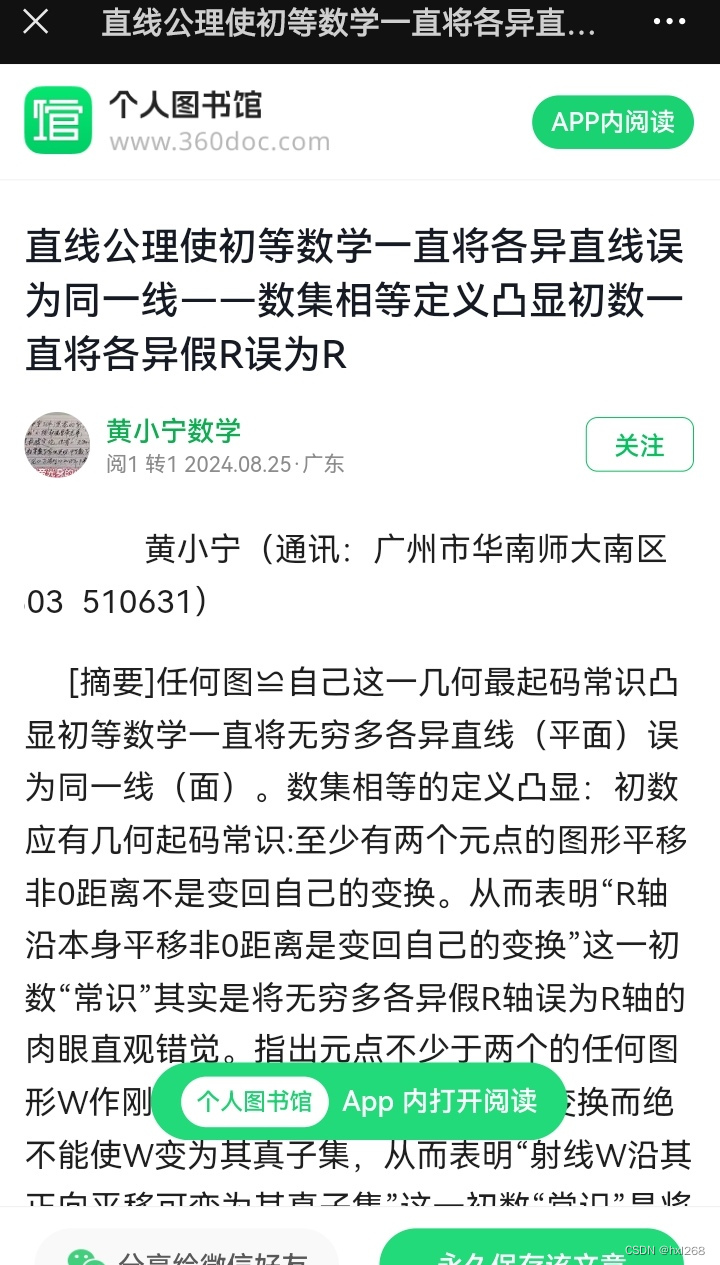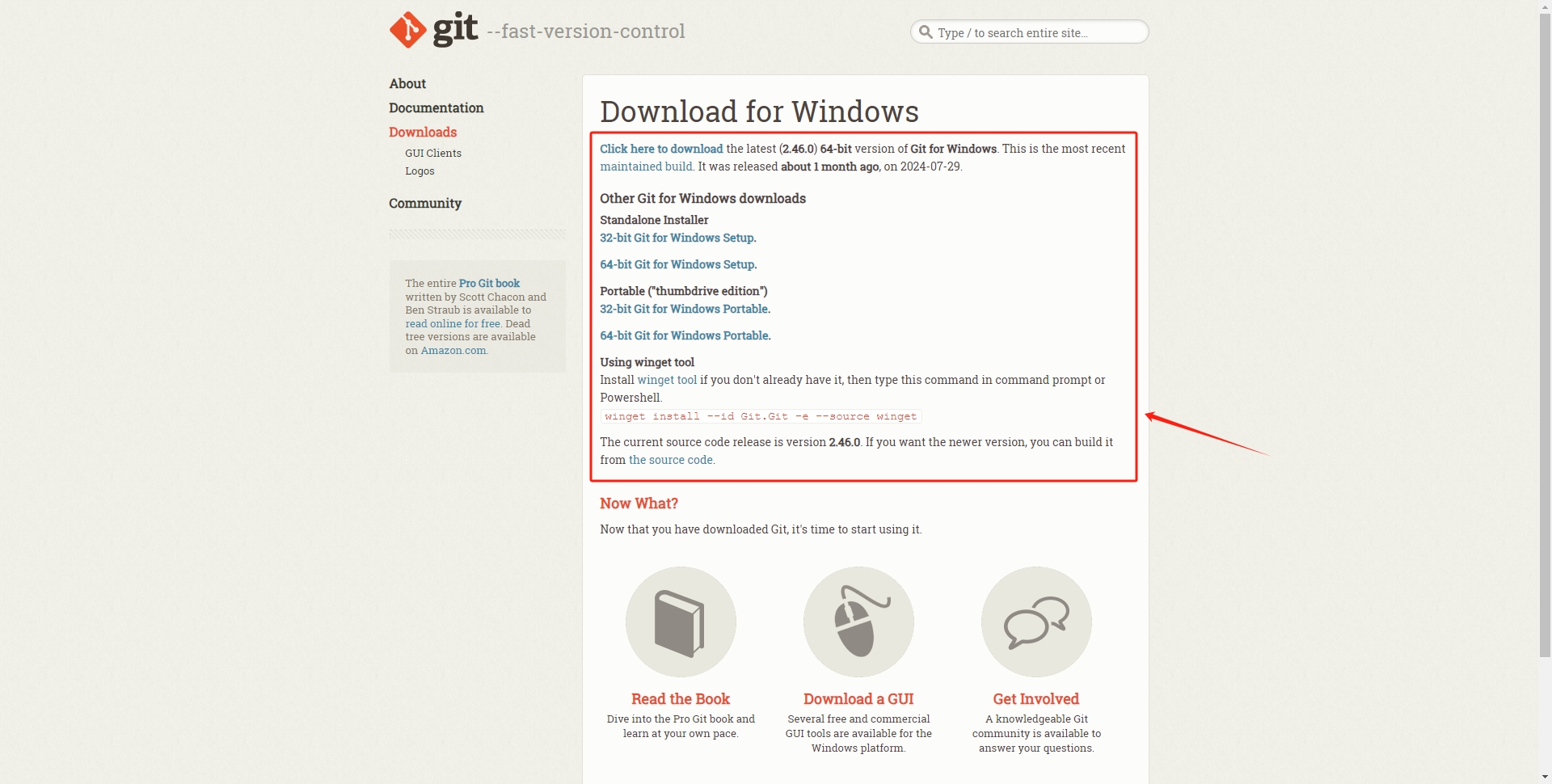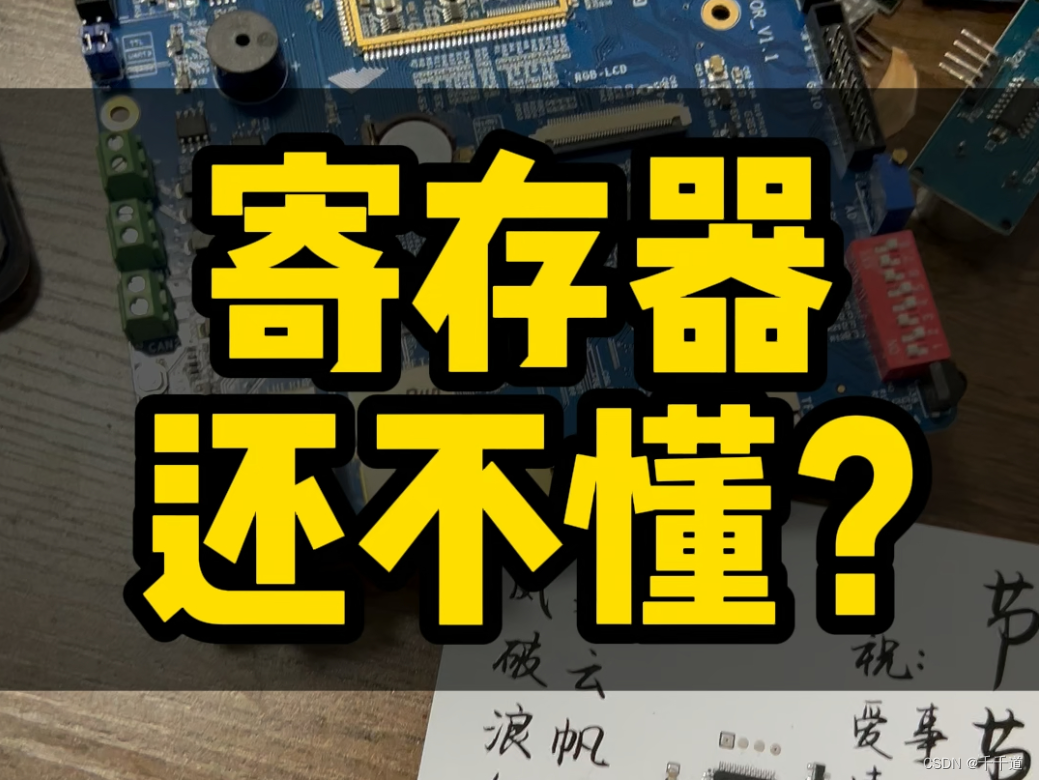一、scoped解决样式冲突
默认情况:写在组件中的样式会 全局生效→ 因此很容易造成多个组件之间的样式冲突问题。
1.全局样式:默认组件中的样式会作用到全局
2.局部样式:可以给组件加上 scoped 属性,可以让样式只作用于当前组件
scoped原理?
1.当前组件内标签都被添加 data-v-hash值 的属性
2.css选择器都被添加 [data-v-hash值]的属性选择器最终效果:必须是当前组件的元素,才会有这个自定义属性,才会被这个样式作用到
两个自定义组件
BaseOne.vue
<template><div class="base-one">BaseOne</div>
</template><script>
export default {}
</script><style scoped>
/* 1.style中的样式 默认是作用到全局的2.加上scoped可以让样式变成局部样式组件都应该有独立的样式,推荐加scoped(原理)-----------------------------------------------------scoped原理:1.给当前组件模板的所有元素,都会添加上一个自定义属性data-v-hash值data-v-5f6a9d56 用于区分开不通的组件2.css选择器后面,被自动处理,添加上了属性选择器div[data-v-5f6a9d56]
*/
div{border: 3px solid blue;margin: 30px;
}
</style>BaseTwo.vue
<template><div class="base-one">BaseTwo</div>
</template><script>
export default {}
</script><style scoped>div{border: 3px solid red;margin: 30px;}
</style>App.vue
<template><div id="app"><BaseOne></BaseOne><BaseTwo></BaseTwo></div>
</template><script>
import BaseOne from './components/BaseOne'
import BaseTwo from './components/BaseTwo'
export default {name: 'App',components: {BaseOne,BaseTwo}
}
</script>main.js
import Vue from 'vue'
import App from './App.vue'Vue.config.productionTip = falsenew Vue({render: h => h(App),
}).$mount('#app')
效果(注意:未添加scoped属性!):
二、data是一个函数
data 是一个函数
一个组件的 data 选项必须是一个函数。→ 保证每个组件实例,维护独立的一份数据对象。
BaseCount.vue
<template><div class="base-count"><button @click="count--">-</button><span>{{ count }}</span><button @click="count++">+</button></div>
</template><script>
export default {// data() {// console.log('函数执行了')// return {// count: 100,// }// },data: function () {return {count: 100,}},
}
</script><style>
.base-count {margin: 20px;
}
</style>App.vue
<template><div class="app"><baseCount></baseCount><baseCount></baseCount><baseCount></baseCount></div>
</template><script>
import baseCount from './components/BaseCount'
export default {components: {baseCount,},
}
</script><style>
</style>效果(三个count是独立的,互不影响的):


三、组件通信
组件通信,就是指 组件与组件 之间的数据传递。
- 组件的数据是独立的,无法直接访问其他组件的数据。
- 想用其他组件的数据 →组件通信
不同的组件关系和组件通信方案分类
1.组件关系分类:
①.父子关系(图中B和C组件和A组件构成父子关系)
②.非父子关系(组件B与C构成非父子关系)


2.组件通信解决方案:
①.父子关系:props和$emit
②.非父子关系:provide&inject / eventbus
③.通用解决方案:Vuex(适合复杂业务场景)
3.父子通信流程图:
①父组件通过props将数据传递给子组件
②子组件利用$emit通知父组件修改更新

核心代码实现:
父传子


子传父


4.父子通信方案的核心流程
父传子props:
① 父中给子添加属性传值 ② 子props 接收 ③ 使用
子传父$emit:
① 子$emit 发送消息 ②父中给子添加消息监听 ③ 父中实现处理函数
5.prop 详解
Prop定义:组件上注册的一些自定义属性
Prop作用:向子组件传递数据
特点:
- 可以传递任意数量的prop
- 可以传递任意类型的prop (字符串,整型,布尔,对象,数组)
案例:
<template><div class="app"><UserInfo:username="username":age="age":isSingle="isSingle":car="car":hobby="hobby"></UserInfo></div>
</template><script>
import UserInfo from './components/UserInfo.vue'
export default {data() {return {username: '小帅',age: 28,isSingle: true,car: {brand: '宝马',},hobby: ['篮球', '足球', '羽毛球'],}},components: {UserInfo,},
}
</script><style>
</style><template><div class="userinfo"><h3>我是个人信息组件</h3><div>姓名:{{username}}</div><div>年龄:{{age}}</div><div>是否单身:{{isSingle}}</div><div>座驾:{{car.brand}}</div><div>兴趣爱好:{{hobby.join('、')}}</div></div>
</template><script>
export default {props:['username','age','isSingle','car','hobby']
}
</script><style>
.userinfo {width: 300px;border: 3px solid #000;padding: 20px;
}
.userinfo > div {margin: 20px 10px;
}
</style>6.props校验
思考:组件的prop可以乱传么?
作用:为组件的prop指定验证要求,不符合要求,控制台就会有错误提示-->帮助开发者,快速发现错误
语法:
①类型校验
②非空校验③默认值
④自定义校验
代码:
BaseProgress.vue
<template><div class="base-progress"><div class="inner" :style="{ width: w + '%' }"><span>{{ w }}%</span></div></div>
</template><script>
export default {// 1.基础写法(类型校验)// props: {// w: Number,// },// 2.完整写法(类型、默认值、非空、自定义校验)props: {w: {type: Number,required: true,default: 0,validator(val) {// console.log(val)if (val >= 100 || val <= 0) {console.error('传入的范围必须是0-100之间')return false} else {return true}},},},
}
</script><style scoped>
.base-progress {height: 26px;width: 400px;border-radius: 15px;background-color: #272425;border: 3px solid #272425;box-sizing: border-box;margin-bottom: 30px;
}
.inner {position: relative;background: #379bff;border-radius: 15px;height: 25px;box-sizing: border-box;left: -3px;top: -2px;
}
.inner span {position: absolute;right: 0;top: 26px;
}
</style>7.单项数据流
prop & data
共同点:都可以给组件提供数据。
区别:
- data 的数据是自己的 → 随便改
- prop 的数据是外部的 →不能直接改,要遵循 单向数据流
单向数据流:父级 prop 的数据更新,会向下流动,影响子组件。这个数据流动是单向的。
口诀:谁的数据,谁负责。
代码:
<template><div class="base-count"><button @click="handleSub">-</button><span>{{ count }}</span><button @click="handleAdd">+</button></div>
</template><script>
export default {// 1.自己的数据随便修改 (谁的数据 谁负责)// data () {// return {// count: 100,// }// },// 2.外部传过来的数据 不能随便修改props: {count: {type: Number,},},methods: {handleSub() {this.$emit('changeCount', this.count - 1)},handleAdd() {this.$emit('changeCount', this.count + 1)},},
}
</script><style>
.base-count {margin: 20px;
}
</style><template><div class="app"><BaseCount :count="count" @changeCount="handleChange"></BaseCount></div>
</template><script>
import BaseCount from './components/BaseCount.vue'
export default {components:{BaseCount},data(){return {count:100}},methods:{handleChange(newVal){// console.log(newVal);this.count = newVal}}
}
</script><style></style>


















